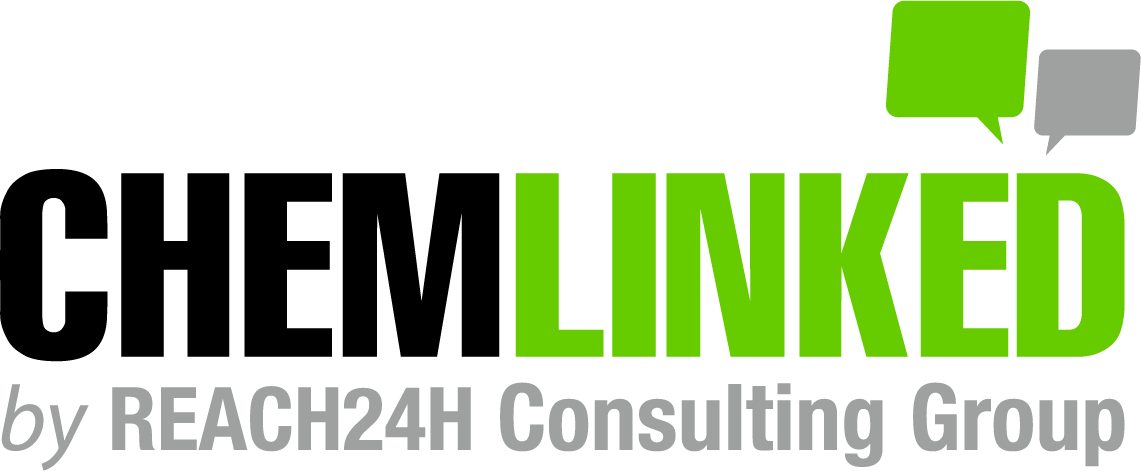EU Technical Equivalence Assessment (TE): About Specifications
China has always been a major exporter of pesticide technical materials. The most convenient way for pesticide technical materials to enter the European market is to apply for Technical Equivalence (TE) Assessments.
Upgrade to a paid membership is required
To view the relevant content, you need to upgrade to a paid membership. Paid members can use the legal and regulatory database, download ebooks for free, and use all the functions of this site without restrictions. If you would like to receive a 14-day free trial, please click here to proceed to the application page.
Log in
Register now




